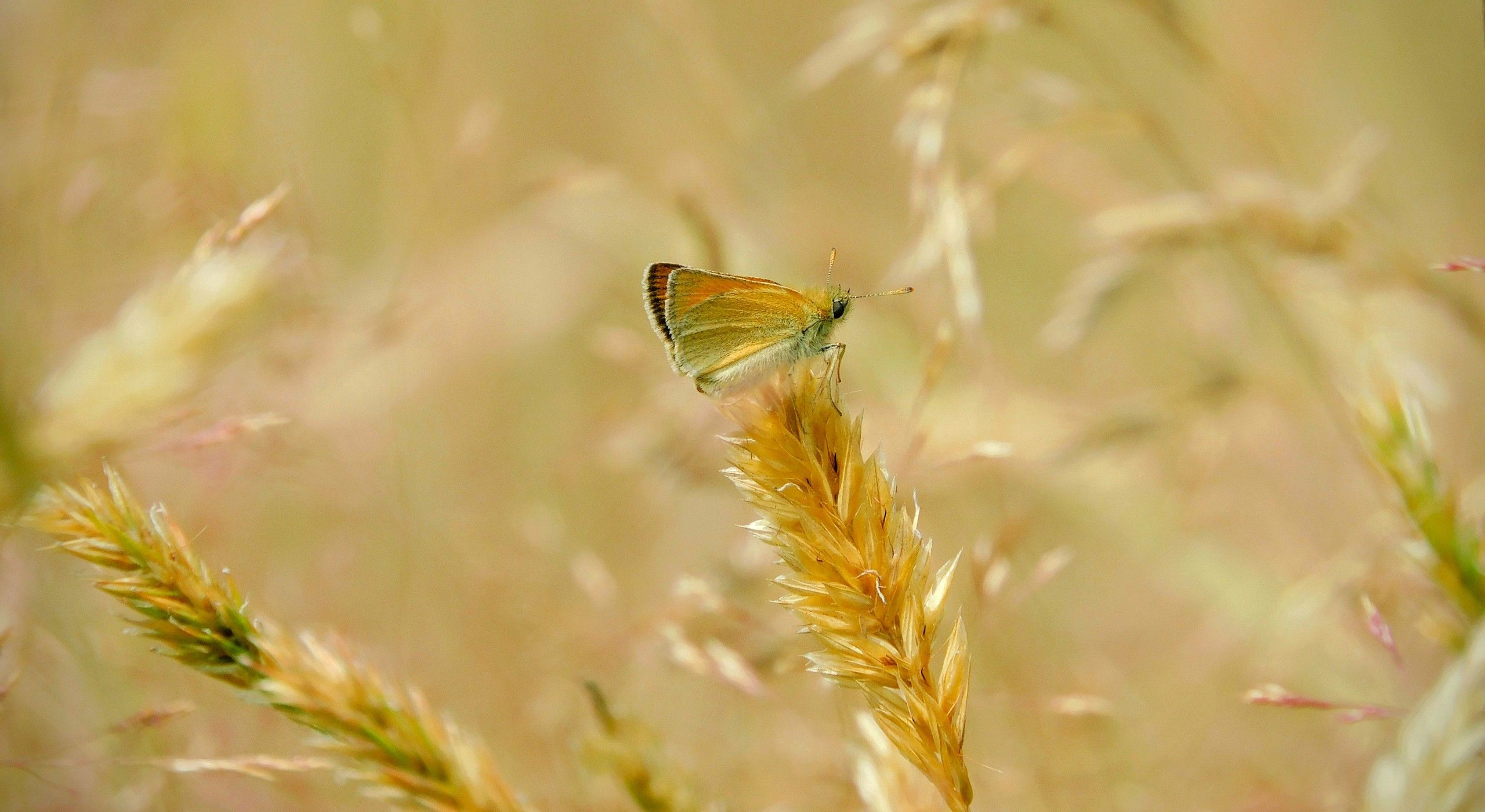
Jobs to do in July
"St Swithin's day if ye do rain,
For forty days it will remain."
Summer – July is often the hottest month of the year. In recent years gardens in the south of England and elsewhere have looked parched. Thunderstorms will hopefully soon arrive, but in the meantime the fields are cut for hay, some early crops are combined and gathered in, whilst buzzards and red kites catch any fleeing rats and mice where the tractors are working.
This is the month for watering and feeding, especially plants in containers. Daily inspection is needed with wind and high temperatures which desiccate plants so quickly and soon stop plants flowering or fruit filling out.
Lawns:- Raise the cutting deck and keep the grass longer with the hot weather. This keeps the grass looking better and less stressed. Keep your blade sharpened too. Blunt blades rip and damage the blades of grass and therefore more die back, giving a yellow appearance to the lawn.
Many of you in recent years are keeping lawns uncut for wildflowers and for a wildlife sanctuary. If you have to cut your meadow, make sure you cut it long so as baby frogs, toads and newts have somewhere to hide!
Weeds:- Hoeing is my preferred way of weeding or digging out perennial weeds when the ground is moist! Hoeing is fantastic at this time of year, if dry weather forecast! A swoe is one of my favourite tools, hoe down the weeds in the morning, by the afternoon they are all shrivelled and dead in the sun, very satisfying.
"If you hoe when you don’t need to, you never need to hoe!"
Dead-heading:- Crutial this month to promote more flowers for a longer period. Old flowers removed stop seed setting, which draws all the plants energies. Buddleia, Roses, Cosmos, Geraniums, Clematis, basically any dead flowers cut them off, unless you are saving seeds or for autumn interest. Herbaceous plants will all respond and give more flowers, which also encourages more nectar for bees, butterflies and hoverflies etc.
Vegetables and Fruit:- Time to harvest some of your home grown fruit and vegetables. Spuds – first earlies should be ready. Nothing beats freshly dug potatoes, washed, boiled, buttered with fresh mint chopped and sprinkled on top, I still get excited when I dig potatoes! Salad crops, courgettes, peas all delicious, mouth-watering and all so, so tasty. A lot of effort but boy its worth it, no packaging, air miles, gas or pesticide residues, just home grown fabulousness, enjoy your labours!!
What a time of year for strawberries, currants, gooseberries, plucots, plums etc depending on whether you got any late frosts. Pollination from bees has been amazing, it’s going to be a great year for honey. The tree blossom has also been prolific, limes, sweet chestnut and now blackberries, wildflowers and fruit bushes to boot. Make provision for freezing, bottling, jamming, juicing, making ice cream and sorbets.
Hedges:- As with all trees and shrubs the growth on hedges has been excessive. Most birds have finished nesting, but you will still find collard doves, pigeons, greenfinches and goldfinches still nesting, so check your hedge before cutting back. If your hedge is looking abit sparce in places, give it a feed with a slow release fertiliser or growmore. Hedges always get forgotten and if you think about it there are a lot of plants competing for very little soil.
Vegetables: A very busy month preparing for winter crops. Sow broccoli, brussel sprouts, savoy cabbage or plant out. Wood ash and soot will help prevent club root. Carrots sown now will give you an autumn/winter crop. Leeks – main crop are best planted out on well manured ground ,water in well.
Asparagus: it's best to stop cutting now and weed and top dress with Vitax Q4, also give a good soak and mulch. Clear any broad beans away and compost, also this applies to pea plants and any bolted salads or rocket. Thank the plants for their harvest!
Potatoes:- keep vigilant for potato blight, spray with copper fungicide or Bordeaux mixture, keeping weed free if possible. If blights starts cut the foliage away to ground level, remove, burn or dispose of, DO NOT compost!
Fruit trees:- Prune cordon apples and espaliers this month to reduce growth to two/three buds. Peaches and nectarines, tie in any new growth against wires or walls/fences. Ideal pruning time – remove any excess growth, cross over stems, thin or weedy stems. This will send more goodness and sap to the swelling fruit. Plums, Cherries, Apricots, Peaches – any fruit with a stone in, this is the time to prune and cut back anything not really useful.
Outdoor Vines:- Cut back to the bunch of grapes forming, this will allow more light into ripen fruit.
Cut flowers from your garden, bring the scents of the garden indoors! Roses are a must!
Don’t forget to enjoy the scents in your garden of an evening- Jasmines and Honeysuckles smell better of an evening. You might see a passing Bat ,Owl, Moths, or a snuffling Hedgehog. Enjoy some alfresco dining!
Happy Gardening!
Kind Regards,
Peter Mills















